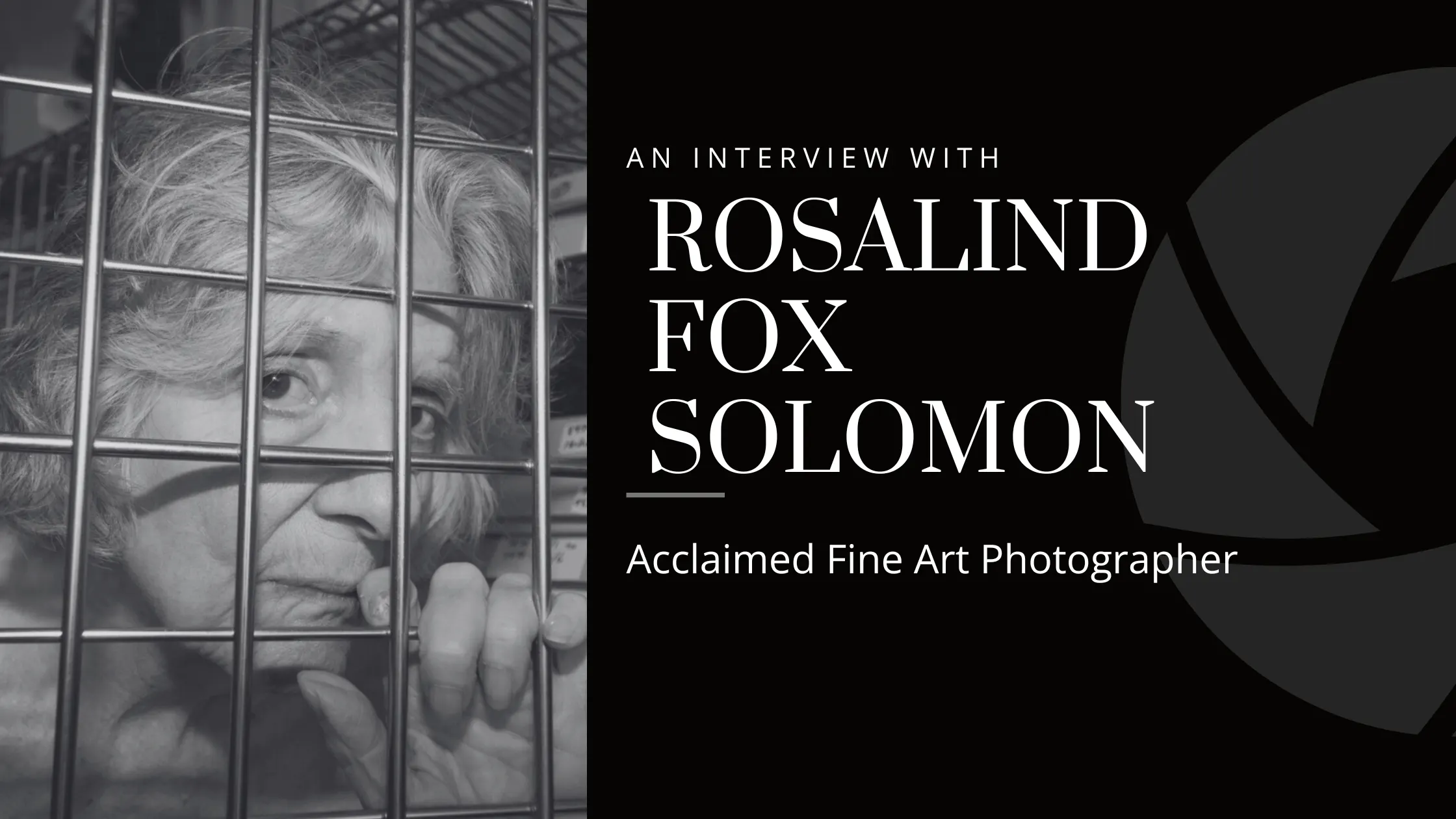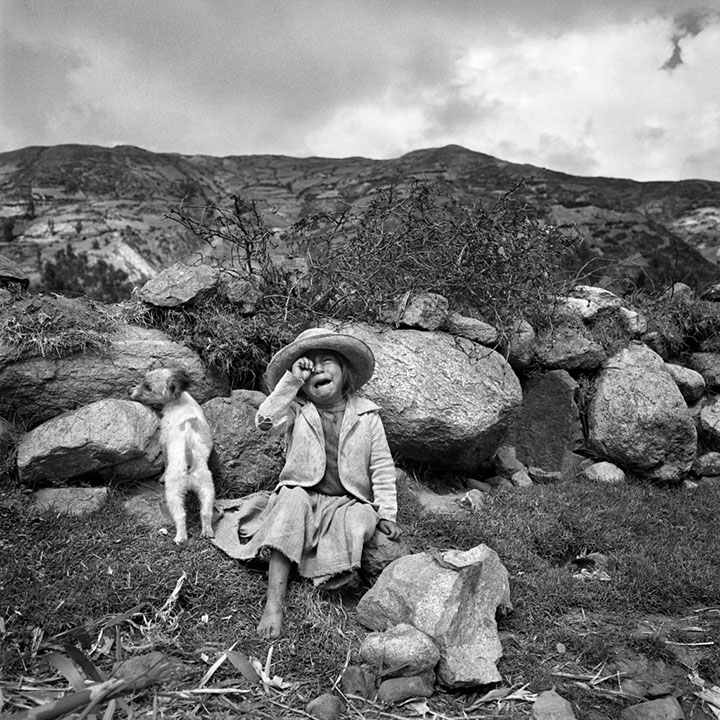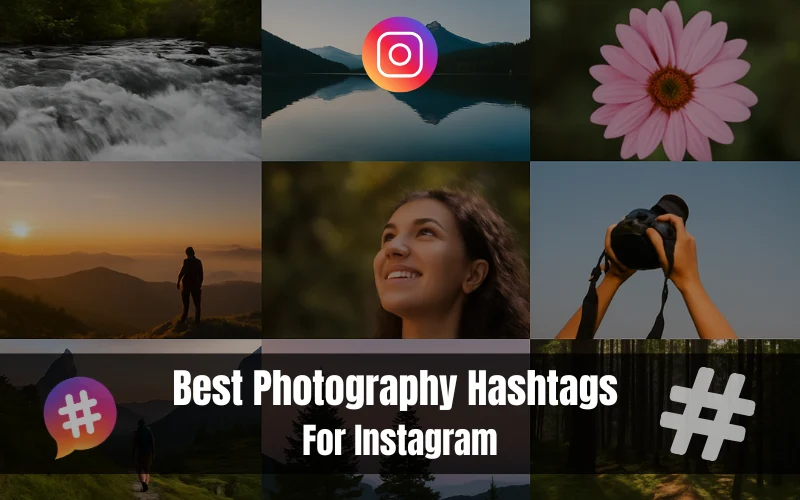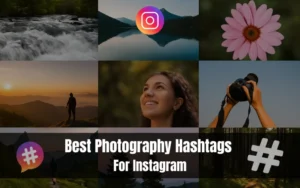In this interview, we have the privilege of speaking with Rosalind Fox Solomon, a renowned photographer whose powerful black-and-white images have left a lasting mark on the world of photography. With a career that spans decades and a focus on human emotion and societal issues, Rosalind’s work captures the complexities of life in a way that resonates deeply with viewers.
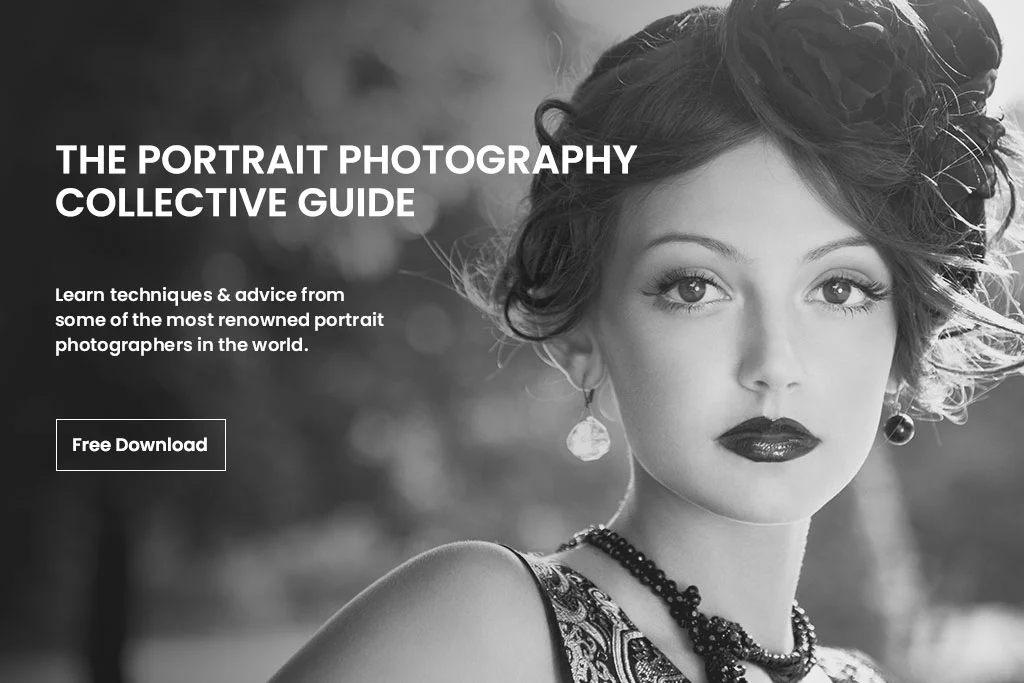
Let’s look more deeply at the interview as she shares the inspirations behind her work, her creative process, and the experiences that have shaped her journey as a photographer.
Q. What initially drew you to photography after exploring other creative paths—like your work with the arts and cultural exchange in the ’60s? Was there a particular moment that signaled a shift into seeing the world through a lens.
Answer. After graduating from college, I traveled to Belgium and France through a program of The Experiment in International Living. At that time, I could not have realized how the overseas experience eventually would change the course of my life.
At 23, I married Jay Solomon and lived in his hometown, Chattanooga, Tennessee. By the time I was 25, we had a son, Joel and a daughter, Linda.
It was then that I volunteered to become the Southern Representative of The Experiment in International Living. In Chattanooga, we soon began receiving groups of twelve, young international visitors. They were placed with individual families in the city for one-month stays. I visited Birmingham, Alabama and Nashville, Tennessee and other southern cities to meet and select people who became responsible for hosting The Experiment’s programs in their communities.
When I traveled to Japan, The Experiment arranged a homestay for me with a Japanese family outside of Tokyo. At that time, I could not have imagined that international exchange and photography would change the course of my life. The family spoke very little English, and I spoke no Japanese. I began using my point-and-shoot camera to talk to myself about what I was experiencing. Back in Chattanooga,
I prepared a slide show of the photographs that I took in Japan. My friends Were excited about the images I projected as I spoke about the amazing experience of living with a Japanese family Near Tokyo.
I did not know anything about the history of photography. I stumbled into it. When I was 38, I began to be serious about photographing.

Q. Looking back on your career, how would you describe the thread that connects your early portraiture to the more recent work in A Woman I Once Knew?
Answer. My inner voice is always present.
Q. What is something about you that people don’t know and would be surprised to know?
Answer. I worked as an equal employment recruiter for the State Department’s Agency for International Development. I lived with my family in Chattanooga, Tennessee. From there, I traveled to southern universities, where I arranged meetings with professors to inform them about new overseas career opportunities with the State Department.
Also Check Out: 13 Creative Black and White Photoshoot Ideas.

Q. Can you talk about the origin of A Woman I Once Knew? Who is the “woman” in the title—does she refer to someone specific, a version of yourself, or something more abstract?
Answer. It is about the many versions of myself.
Q. Much of your work, including this book, engages with mortality, aging, memory, and identity. How did you approach these themes?
Answer. I draw on my knowledge of the stages of life.
Must Also Read: Portrait Photography Vs. Landscape Photography: Which Is More Captivating?
Q. What’s a hobby or interest you have outside of photography?
Answer. Travel, reading the New Yorker and the New York Review, current events, theater, dance, and music.
Q. At this stage in your life and career, what are you still curious to explore through photography—or beyond it?
Answer. Truthfully, at 95, I’m resting on my laurels.
Q. If you had to describe yourself in three words, what would they be and why?
Answer. Self-motivated, independent, and happy.
Might also want to read: The Beauty Of Simplicity: Why Black And White Nude Photography Is Timeless.
Q. You shoot exclusively in black and white. What continues to draw you to this monochromatic palette?
Answer. I am more interested in the deeper meaning of a photograph than in its aesthetics.

Q. You’ve often photographed people on the margins of society. How do you build trust with your subjects?
Answer. I have been interested in experiencing people with lives different than mine. I concentrate on the people I am photographing as neutral as possible and keep a low profile. At this point in my life, it seems helpful to be a friendly old woman.
Q. In an era dominated by digital imagery and social media, what do you believe the role of the photographer is today? Has it changed from when you first began?
Answer. I don’t think about that. I’m focused on my own life and work. The dominance of digital imagery and social media has changed things, but I live in the moment and I stay on my own path. I am single minded— focused on my work and, for better or worse, I’m pretty oblivious to what others are doing.

Q. Are there any current or upcoming projects you are excited to share?
Answer. My project is to continue deep involvement in the many aspects of my work.
Also Check Out: Top 5 Ways to Improve Your Photoshop Skills.
Q. What do you hope your images will mean to people 50 years from now?
Answer. This is interesting to consider. Since my images are uncontrived and direct they may be valued as documents. In truth, I have not thought much about how my photographs will be perceived by future generations. I hope that they affect those who see them.
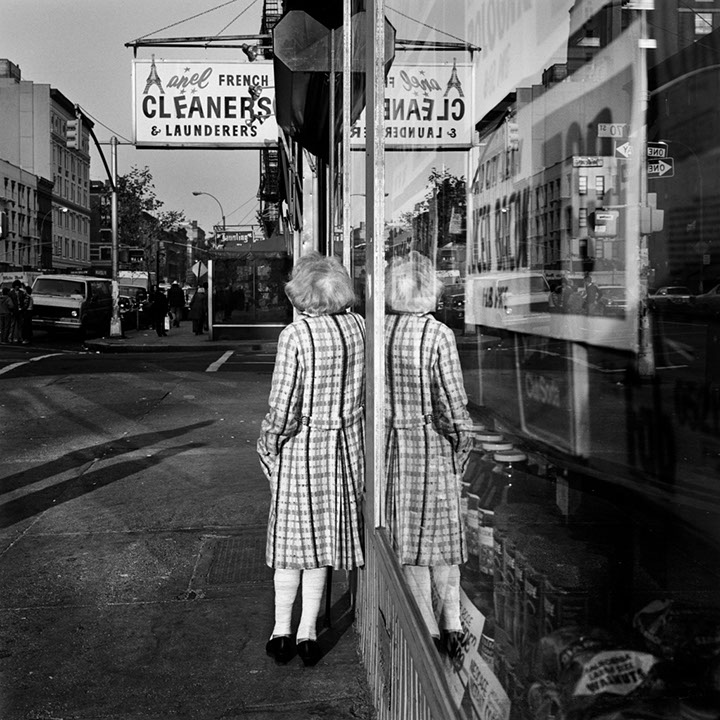
Q. Is there anything you still want to photograph but haven’t yet found the right time, place, or way to do it?
Answer. No, I’m not focused on taking pictures at this point in my life.
Q. Lastly, What advice would you like to give someone starting their journey in photography?
Answer. Let your personal and public interests lead you. Stay in touch with your gut. Photograph what attracts or repulses you. Persist. Take pictures because you find the process gratifying. Keep working year after year. Take risks. Always edit and print your photographs. When you have much more work than you need for a book, show the photographs to a publisher. When you have a book published, continue photographing. Take a break now and then, but remember that making pictures is your job. You can do preliminary editing, but trust your publisher. Get new ideas and keep working, working, working. That’s what you must do. Rewards come slowly. Remember that your greatest rewards will come from taking, editing and circulating your wonderful work.
As we conclude our conversation with Rosalind Fox Solomon, we are reminded of the profound impact her photography has had on the way we see the world. Leaving a legacy that will continue to influence the art of photography for years to come.
Want to know more about check out: What is Fine Art Nude Photography
See more of Rosalind Fox Solomons’s fine art photography work here.
